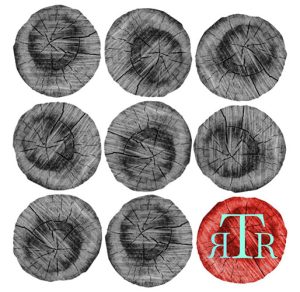The Ghost Factory – 2008
Issue 2
2008
Biannual
Sima Rabinowitz
A brief introductory note lets us know that this journal exists “to explore the variety of life in the United States – to tell the stories that make up our past and our present. We especially appreciate stories about countries of origin, ancestry, and cultural identity.” “Variety” in Issue 2 includes the tale of a Chinese American boy, a visit to India, a family story by the child of Korean immigrants, a parody about the “global diaspora,” photographs that appear to be of Mexican American subjects (though I confess this is purely conjecture on my part), and an essay about “black hair,” among other stories. There is as much diversity in the style and tone of these stories as there is in the cultural identities they represent.
A brief introductory note lets us know that this journal exists “to explore the variety of life in the United States – to tell the stories that make up our past and our present. We especially appreciate stories about countries of origin, ancestry, and cultural identity.” “Variety” in Issue 2 includes the tale of a Chinese American boy, a visit to India, a family story by the child of Korean immigrants, a parody about the “global diaspora,” photographs that appear to be of Mexican American subjects (though I confess this is purely conjecture on my part), and an essay about “black hair,” among other stories. There is as much diversity in the style and tone of these stories as there is in the cultural identities they represent.
Most affecting is a highly accomplished short essay, “Page One,” by Cristina Correa which relies on the effective anaphora “I can’t tell you about” to tell a raw and engaging story of the author’s experience of Africa, far and away the most memorable piece in the journal, beautifully conceived and executed; and arresting photos by Piper Kruse who knows how to capture a whole life in a glance.
[davidpeak.blogspot.com]




